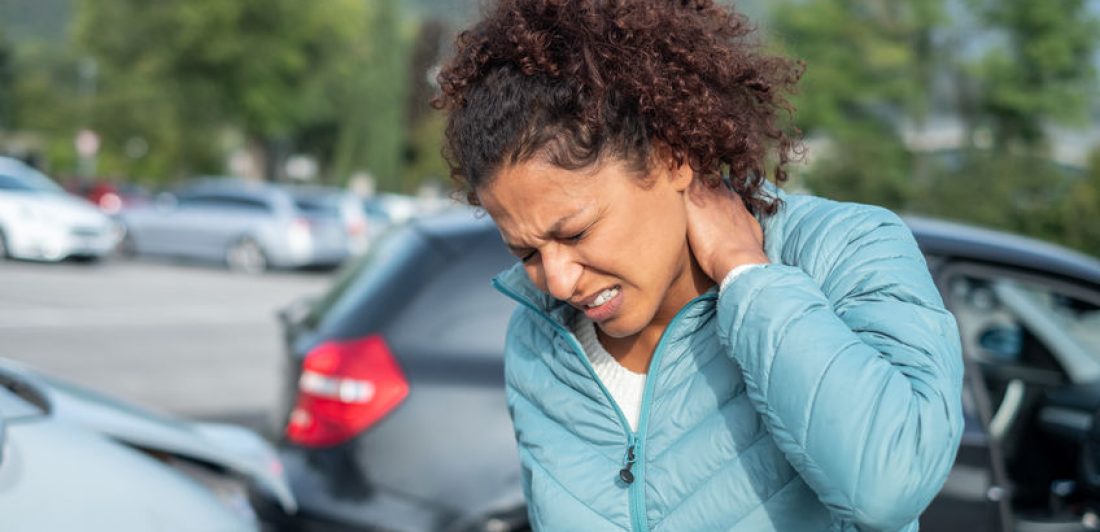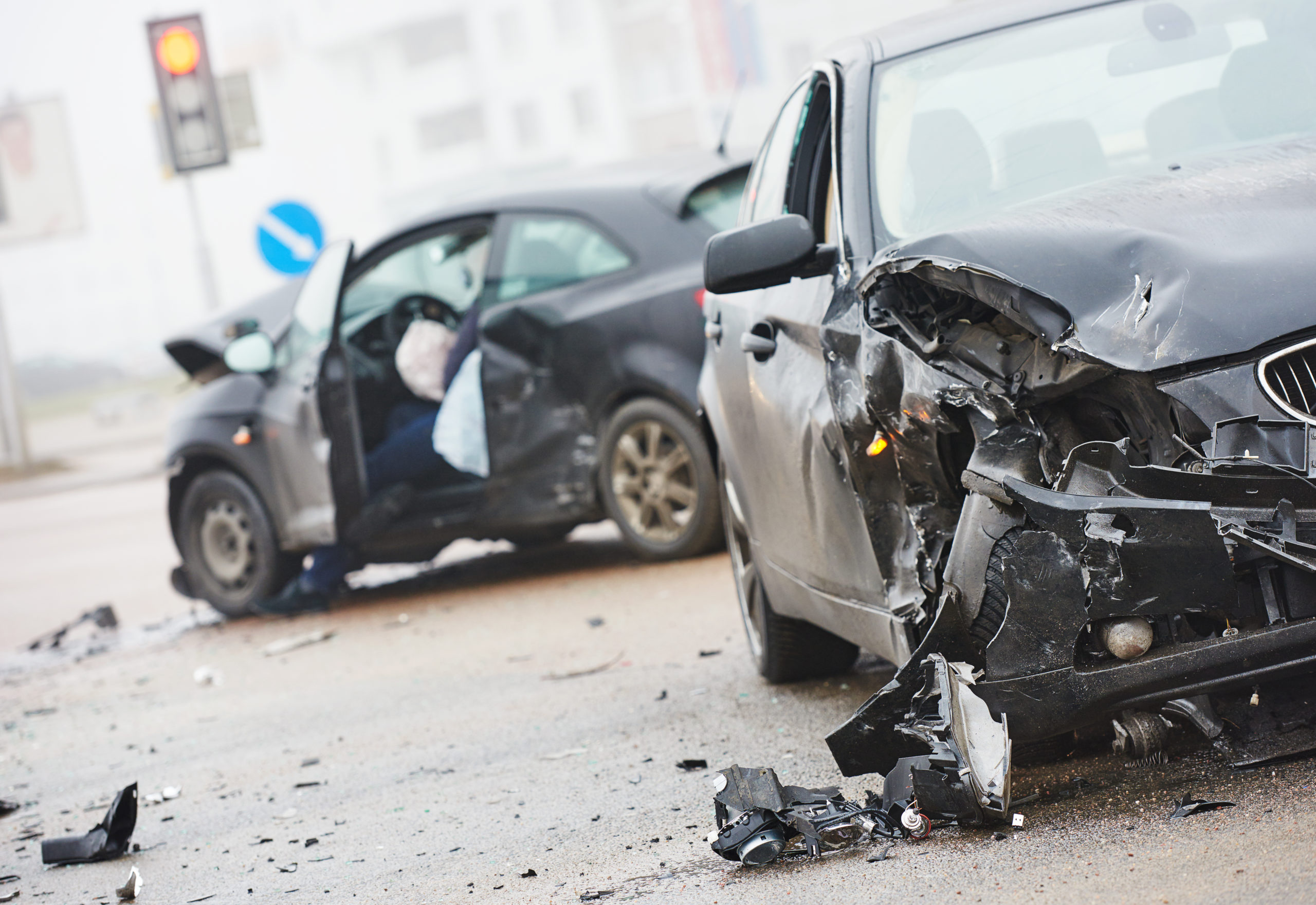Much like medical research, women are often overlooked in the testing of controlled motor vehicle collisions. Despite the glaring fact that half of American drivers are female, this demographic remains woefully underrepresented in car crash test scenarios. While you may want to roll your eyes at another area where inclusivity is overlooked, the truth is car crash test gender bias has significant real-world effects. Car crash tests have direct impacts on the design of vehicles, and without taking into consideration, half of the U.S. population, the auto industry is seriously endangering the lives of female motorists. According to a study, women are more likely to be seriously injured or killed than their male counterparts in a car crash.
Why is gender inclusivity important to vehicle design?
The average car crash test dummy reflects the average male vehicle occupant. A crash test dummy is 171 pounds and 5-foot-9-inches that was first standardized in the 1970s. The results of collision tests have a direct influence on the design of motor vehicles. When the testing phase does not account for differences in body composition, height, or weight, this translates into designing vehicles that don’t take into account female occupants' safety.
Like most forms of progress in this country, encouraging safety in the automotive industry requires regulation. Federal regulators have long known that female vehicle occupants were more likely to be injured in crashes. However, there have been no real changes made to crash test standards.
What are the differences that need to be considered in crash tests?
Not only are women smaller than men, on average—the female body composition is also different from males as well. On average, men have more lean mass, and women tend to have more fat mass. In addition, men accumulate or store fat around the trunk and abdomen. On the other hand, women accumulate or store fat around the hips and thighs. Further, the female body changes during pregnancy. These seemingly small differences can impact how a vehicle’s most crucial safety features protect the body. For example:
- The composition of the female body can impact how a seat belt sits across the body.
- Changes to a pregnant women’s body can affect how the front or side airbags hit the body.
- Males have stronger necks when it comes to forces that bend them, which changes how their bodies may react to impacts.
- Shorter persons sitting closer to the wheel can affect how much force they take from an airbag impact.
Unfortunately, these differences are rarely, if ever, taken into consideration. It also doesn’t seem like we will see a female crash test dummy any time in the near future. Reports indicate that some manufacturers have made efforts to address this inequality. A small number of automakers have begun addressing this inequality in the short term by developing computer models that simulate how human bodies of different sizes, shapes, or sexes react in a collision.
The negative effects of gender car crash test bias
Women account for 50% of today’s workforce and primary transport for children in U.S. households. With all things considered, it is nonsensical that women aren’t heavily considered in car crash testing. In fact, in frontal collision tests, the female dummy is either a passenger in the vehicle or does not participate in the test at all.
Further, according to Motor Biscuit, the current female crash test dummy represents a female blueprint that is 4 feet 11 inches in height and weighs 108 pounds. However, the average American woman is 5’3 and weighs 170.5 pounds.
- On average, females are 17% more likely to be killed in a collision if they are the driver or a front seat passenger than male occupants of the same age.
- Likewise, female vehicle occupants wearing a seatbelt have 73% greater odds of being seriously injured in a front car collision than a male counterpart.
Why are vehicles crash-tested?
The short answer is vehicles are crash tested to test and improve on safety. According to the IIHS, this covers two aspects of safety:
- Crashworthiness – how well a vehicle protects its occupants in a crash.
- Collision avoidance and mitigation – how the technology onboard can prevent a crash or lessen its severity.
These tests have the benefit of alerting manufacturers of safety issues or flaws in vehicle design. Further, they can serve as a warning to consumers who are in the market to purchase a vehicle. Armed with knowledge about their vehicle's safety, drivers will be able to make more informed decisions concerning the vehicles they buy.
We Care About the Safety of All Drivers
Taking into account the safety of everyone who gets behind the wheel is important to ensuring safety. Auto manufacturers and federal regulators should immediately begin factoring the differences in people of all shapes, sizes, and genders into their safety evaluations.
Our firm has represented thousands of car crash victims. We know that vehicle defects, another motorist’s negligence.
The Carlson Law Firm has the tools and resources to help victims pursue a maximum settlement and get the justice they deserve. We pride ourselves on helping victims while holding drunk driving perpetrators accountable. For expert answers to your questions, contact The Carlson Law Firm to schedule a free case evaluation.




